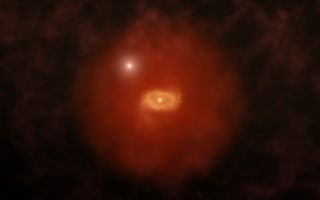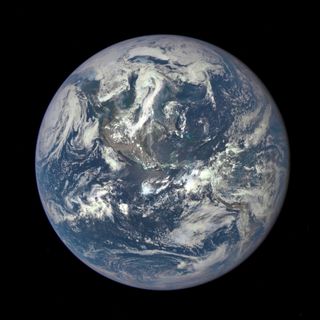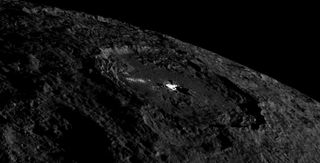Jesse Emspak is a freelance journalist who has contributed to several publications, including Space.com, Scientific American, New Scientist, Smithsonian.com and Undark. He focuses on physics and cool technologies but has been known to write about the odder stories of human health and science as it relates to culture. Jesse has a Master of Arts from the University of California, Berkeley School of Journalism, and a Bachelor of Arts from the University of Rochester. Jesse spent years covering finance and cut his teeth at local newspapers, working local politics and police beats. Jesse likes to stay active and holds a fourth degree black belt in Karate, which just means he now knows how much he has to learn and the importance of good teaching.
Latest articles by Jesse Emspak
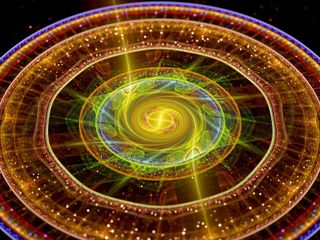
Chinese Scientists Just Set the Record for the Farthest Quantum Teleportation
By Jesse Emspak published
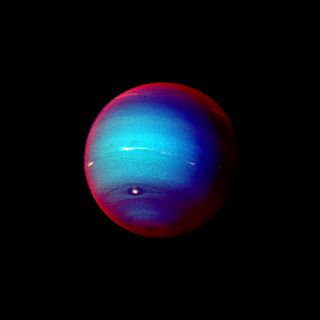
How Amateur Astronomers Help Uncover Secrets About Neptune
By Jesse Emspak published
A new Neptune study shows that you don't need to be a professional to do science; amateurs make contributions, too.

Garth Brooks, Trisha Yearwood Sing to Space Station Astronauts (Video)
By Jesse Emspak published
Country music legends Garth Brooks and Trisha Yearwood visited NASA's mission control and sang to the astronauts on the space station.
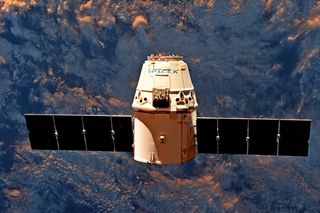
'There Goes Dragon': ISS Astronaut Snaps Incredible Shots of Departing Capsule
By Jesse Emspak published
Astronaut Jack Fischer caught some amazing pictures of SpaceX's Dragon cargo capsule leaving the International Space Station today (July 3).
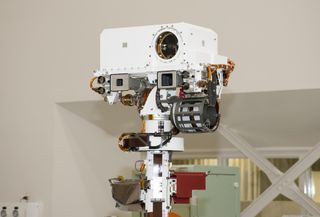
With a Better Brain, Curiosity Mars Rover Picks Its Own Targets
By Jesse Emspak published
The Curiosity Mars Rover is now smart enough to pick its own targets of exploration, thanks to a new piece of software.

It's Summer! Celebrate the Solstice and Plan for the Eclipse with Slooh Webcast
By Jesse Emspak published

Nat Geo's 'Year Million' Explores Humanity's Future in Space Tonight
By Jesse Emspak published
A million years from now humans might adapt to space, and space to humans.
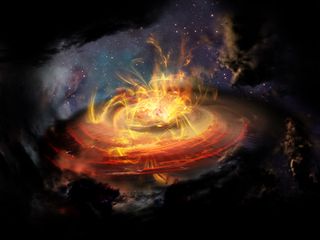
Young Star's Roiling Gas Cloud Shows Chaotic Magnetic Field
By Jesse Emspak published
Astronomers have mapped the tangled web woven by the magnetic field of a gas cloud as it births a star. Our own solar system might have looked the same in its earliest days, the researchers said.
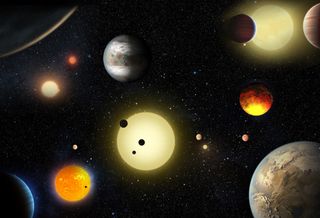
More Alien Worlds! NASA to Announce New Exoplanet Finds Monday
By Jesse Emspak published
NASA will announce the latest crop of planet discoveries from the Kepler Space Telescope during a briefing Monday morning (June 19)
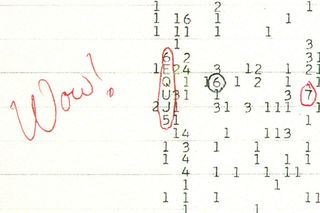
Comet Likely Didn't Cause Bizarre 'Wow!' Signal (But Aliens Might Have)
By Jesse Emspak published
A source of mysterious radio signals could be from a passing comet, but astronomers are skeptical.
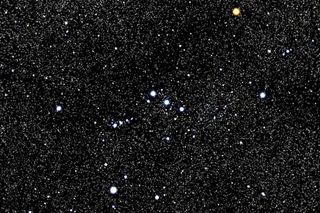
Orion Transformed: Familiar Constellation Will Shift Over Millennia (Video)
By Jesse Emspak published
A new video shows how the stars in the constellation Orion will move over the next 450,000 years, reshaping the well-known night sky figure.
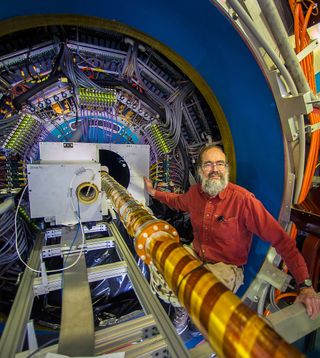
Charmed Existence: Mysterious Particles Could Reveal Mysteries of the Big Bang
By Jesse Emspak published
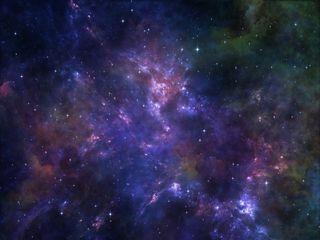
Dark Energy May Lurk in the Nothingness of Space
By Jesse Emspak published
The vacuum of empty space may be roiling with energy that drives the expansion of space itself, a new hypothesis proposes.

In Year 1 Million, What Will Humanity Look Like?
By Jesse Emspak published
In the year 1 million, humans might still exist — but they won't be like humans today.

See the Full 'Flower Moon' Rise Tonight
By Jesse Emspak published
With the nights getting warmer, skywatchers will have a fine show tonight (May 10) from the May full moon, known as the Full Flower or Milk Moon.

'Alien: Covenant' Co-Stars Private Audi Quattro Moon Rover
By Jesse Emspak published
The futuristic tech of "Alien: Covenant" may be closer than we think: A proposed lunar rover built by privately funded team from Germany will make an appearance in the film.
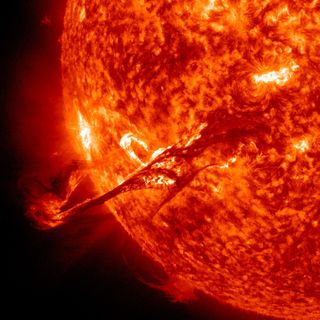
Big Sun Storms and Little Solar Burps Have the Same Trigger
By Jesse Emspak published
Giant eruptions of material and smaller jets from the sun's surface are closer cousins than anyone thought.
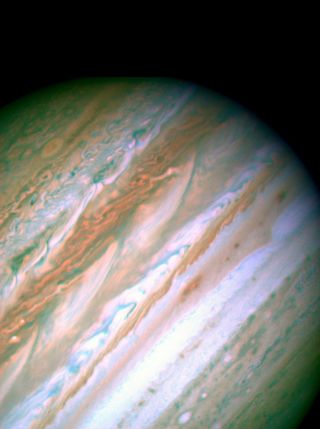
Hubble Telescope, Skywatchers Prep for Spectacular Views of Jupiter Tonight
By Jesse Emspak published

Reshaping the Universe: VR Landscapes Explore Mind-Bending Geometry
By Jesse Emspak published
In this wonky, non-Euclidean universe, the floor can fall away from your feet as you walk forward and distances aren't what they seem.

Relatively Pricey: Einstein Letter Fetches $54K at Auction
By Jesse Emspak published
An Einstein letter shows a generous spirit and a little criticism.
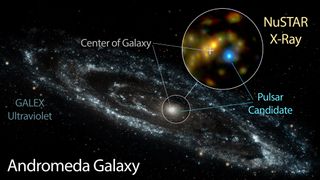
Neighbor Galaxy Has a Secret: Andromeda Hosts Massive Pulsar
By Jesse Emspak published
Researchers have cracked a secret of the Milky Way's neighboring Andromeda galaxy: A mysterious x-ray source is likely a pulsar, the rapidly-spinning corpse of a massive star.
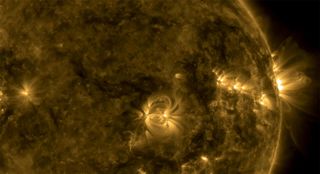
The Sun's Got Waves — Like Earth's Atmosphere
By Jesse Emspak published
Earth and the sun are very different, but their atmospheres share something in common: A type of wave that undulates through Earth's skies may have an analogue in the body of the sun.
Breaking space news, the latest updates on rocket launches, skywatching events and more!

